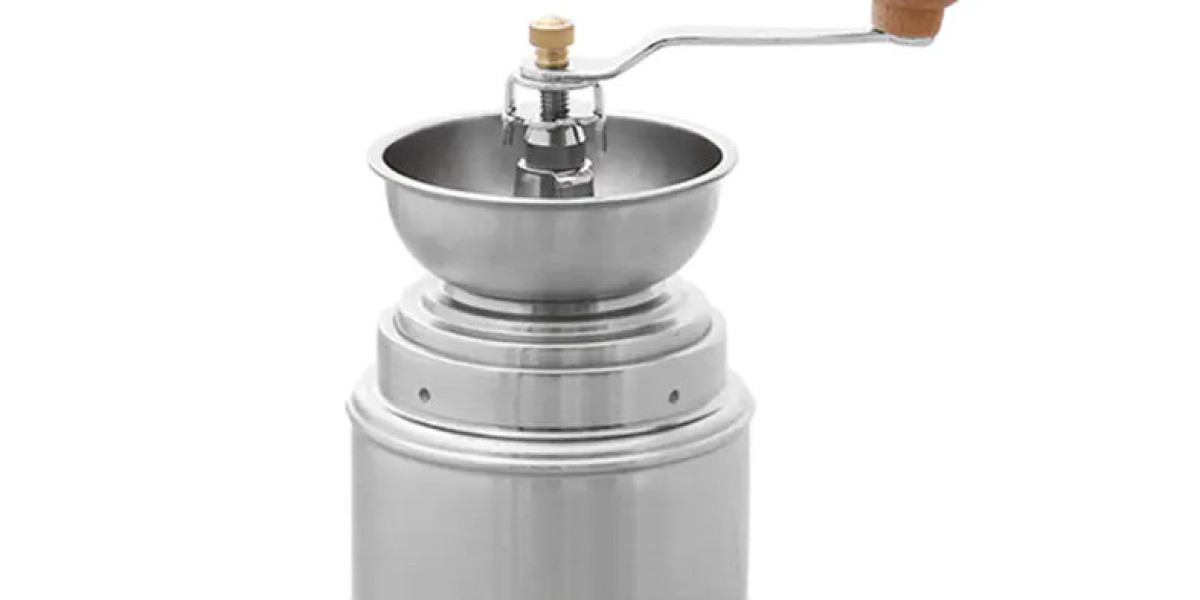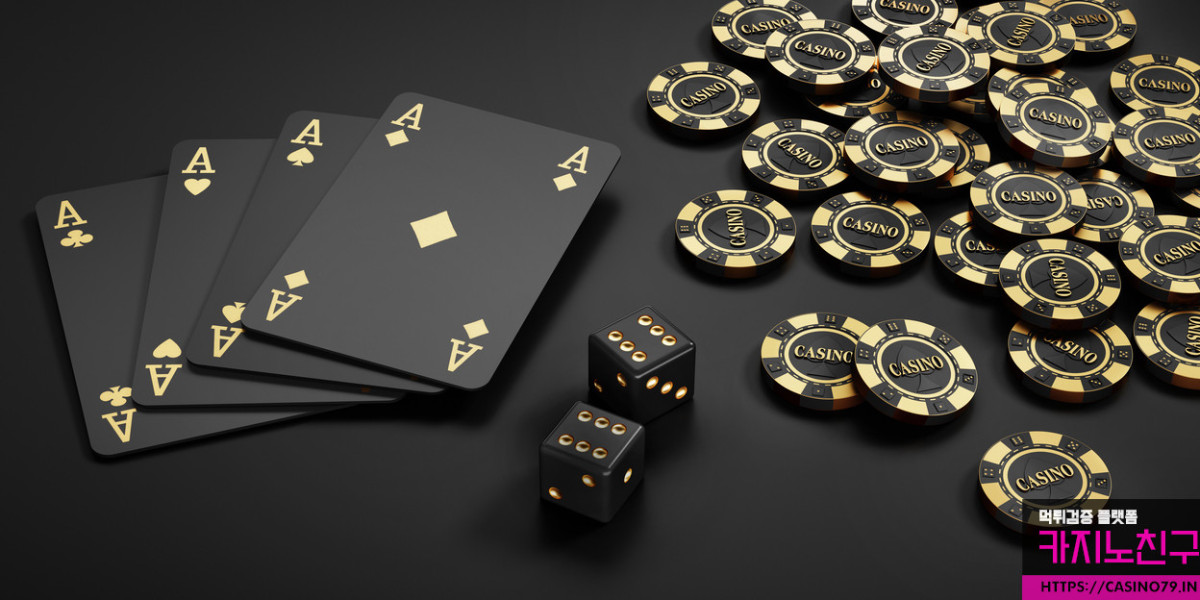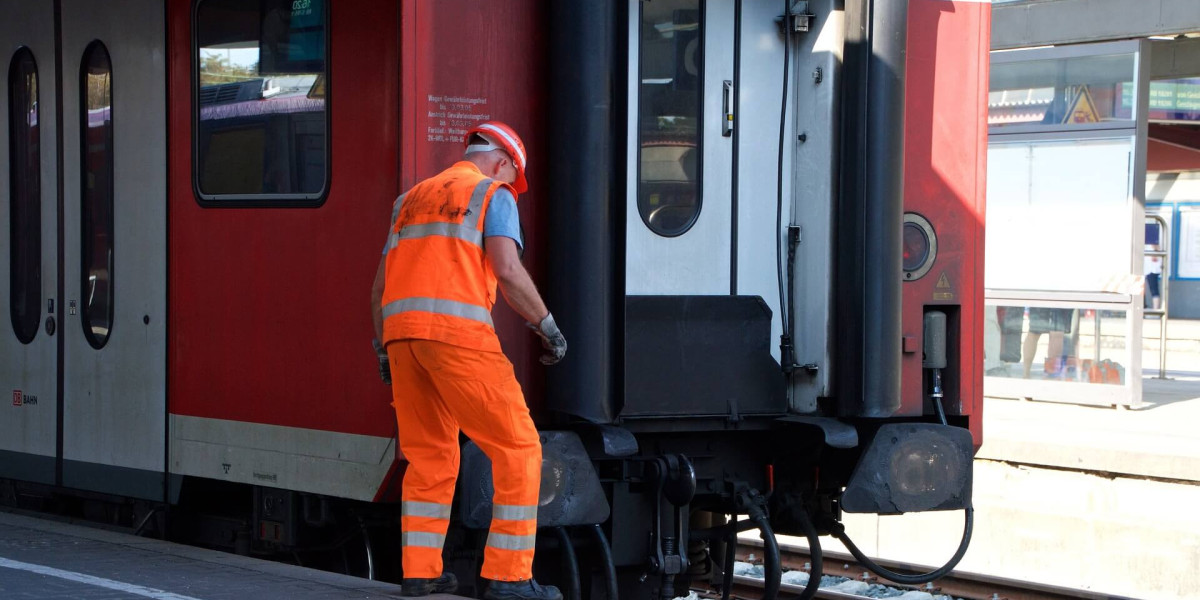A coffee grinder is an essential tool for anyone who enjoys fresh coffee. Grinding coffee beans just before brewing releases the aroma and flavors that are often lost when using pre-ground coffee. The quality and type of the coffee grinder can significantly influence the taste and consistency of the coffee, making it an important consideration for both casual drinkers and coffee enthusiasts.
There are several types of coffee grinders, each with unique features that affect the grinding process. The two main categories are blade grinders and burr grinders. Blade grinders use a spinning blade to chop the coffee beans, while burr grinders crush the beans between two abrasive surfaces. Because of the difference in how they grind, these two types can produce very different results in terms of grind size and uniformity.
A coffee grinder with burrs tends to produce more consistent grind sizes compared to blade grinders. This consistency is important because it ensures that the coffee extracts evenly during brewing. Uneven grind sizes can lead to over-extraction or under-extraction, which impacts the flavor and balance of the coffee. For methods like espresso or pour-over, where precision matters, a burr coffee grinder is often preferred.
Blade coffee grinders are generally more affordable and simpler to use, making them popular among beginners. However, they can create uneven particles, which might result in a less balanced cup of coffee. On the other hand, burr grinders allow users to adjust the grind size, providing control for different brewing methods such as French press, drip coffee, or espresso. This versatility makes burr grinders a flexible choice for those experimenting with coffee styles.
The grind size produced by a coffee grinder is crucial because it influences the brewing time and extraction rate. For example, a coarse grind is suitable for methods like French press, where water contacts the grounds for several minutes. Conversely, a fine grind is needed for espresso machines, which use pressure to extract flavor quickly. Having a coffee grinder with adjustable settings helps match the grind to the brewing technique, improving the final taste.
Durability and ease of cleaning are also important factors when selecting a coffee grinder. Grinders made with stainless steel or ceramic burrs tend to last longer and maintain sharpness. Regular cleaning of the grinder prevents old coffee oils and residues from affecting the flavor of freshly ground beans. Some grinders feature removable parts that simplify this maintenance.
Electric coffee grinders offer convenience and speed, especially for those who prepare coffee daily or in larger quantities. Manual grinders, by contrast, are quieter, portable, and don't require electricity, which appeals to travelers and those who enjoy a hands-on approach. Both types of grinders can serve well depending on user preference and lifestyle.
The capacity of a coffee grinder is another consideration. Some models are designed to grind a single cup at a time, while others can handle larger amounts suitable for multiple servings. Choosing the right capacity depends on how much coffee you typically prepare and whether you value freshness for every cup or convenience.
Price range varies widely among coffee grinders, reflecting differences in build quality, features, and brand. While investing in a reliable grinder can improve coffee quality, it is important to balance cost with needs. Sometimes a simple, well-maintained grinder can produce satisfying results without significant expense.
A coffee grinder plays a vital role in the coffee-making process by affecting the flavor, aroma, and consistency of the brew. Understanding the types of grinders, their advantages, and how they fit individual brewing styles can help users select the most suitable tool. Whether electric or manual, blade or burr, the right coffee grinder enhances the overall coffee experience by allowing control over how the beans are prepared before brewing.
https://www.pepper-grinder.com/product/manual-coffee-grinder/








